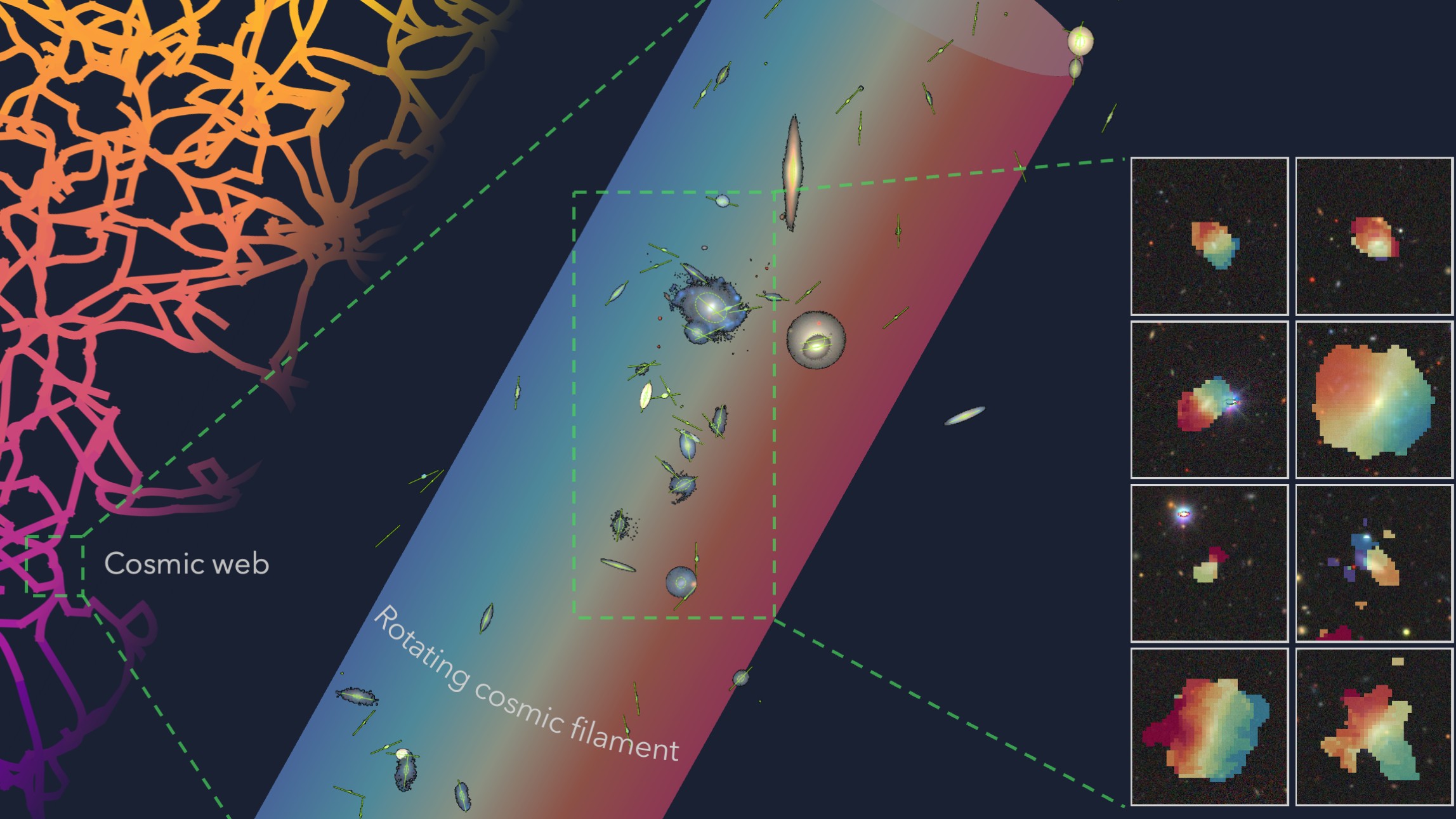Saint Anthony of Padua revealed in stunning facial approximation
A team of international researchers has revealed a facial approximation of what Saint Anthony of Padua may have looked like.

A newly released image shows what Saint Anthony of Padua, a Portuguese priest who lived and died in the 13th century, may have looked like.
Using CT (computed tomography) scans of the priest's skull, an international team of researchers created a lifelike facial approximation of St. Anthony, the patron saint of lost and stolen articles. The final image includes a man with a cap of thinning brown hair crowning his head. The man wears a brown robe, just as Franciscan friars did in the Middle Ages.
However, this wouldn't be the first time that a facial reconstruction was made of the religious figure. In 1981, Italian sculptor Roberto Cremesini created a replica of St. Anthony's skull using plaster. The piece was the result of an exhumation of the saint, which Pope John Paul II authorized, according to the new study, which will be published in the March 2023 issue of the journal Digital Applications in Archaeology and Cultural Heritage.
More than 30 years later, in 2014, researchers from the University of St. Anthony of Padua's Anthropology Museum, along with a team of international forensic researchers, made another facial reconstruction using only a digital copy of the exhumed skull, according to a Catholic News Agency article.
Related: Look into the eyes of a Stone Age woman in this incredibly lifelike facial reconstruction
That image features a man, his face angled to the viewer, also with a balding head of dark hair, dressed in a robe to make him appear more lifelike.
"Today's work is an update on the technique and shows a clear evolution from the 2014 face," Cícero Moraes, the study's lead author and a Brazilian graphics expert who also worked on the 2014 reconstruction, told Live Science in an email. "The present approximation has greatly improved anatomical coherence…and is more compatible with a real face."
Get the world’s most fascinating discoveries delivered straight to your inbox.
In addition to the facial approximation, Moraes and his co-authors, Luca Bezzi, an Italian archaeologist and Nichola Carrara, with the University of St. Anthony of Padua, also made a reconstruction of the endocranium, the skull's base, which was exceedingly large compared to the average human skull.
In other words, St. Anthony had a very large head. "The fact is that this volume is large even compared to modern individuals," Moraes said.
St. Anthony died in 1231 in Padua at age 36; he was canonized a year later.
Jennifer Nalewicki is former Live Science staff writer and Salt Lake City-based journalist whose work has been featured in The New York Times, Smithsonian Magazine, Scientific American, Popular Mechanics and more. She covers several science topics from planet Earth to paleontology and archaeology to health and culture. Prior to freelancing, Jennifer held an Editor role at Time Inc. Jennifer has a bachelor's degree in Journalism from The University of Texas at Austin.
